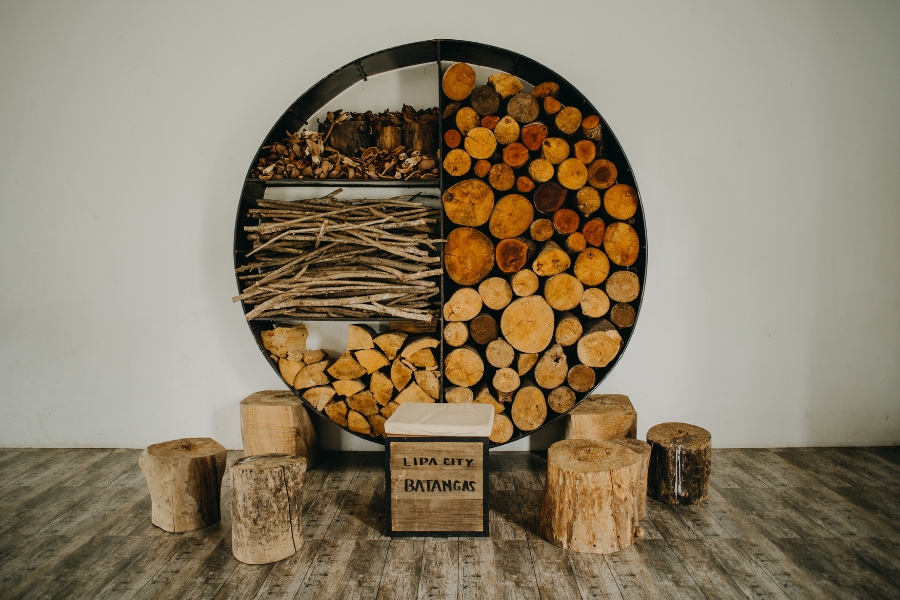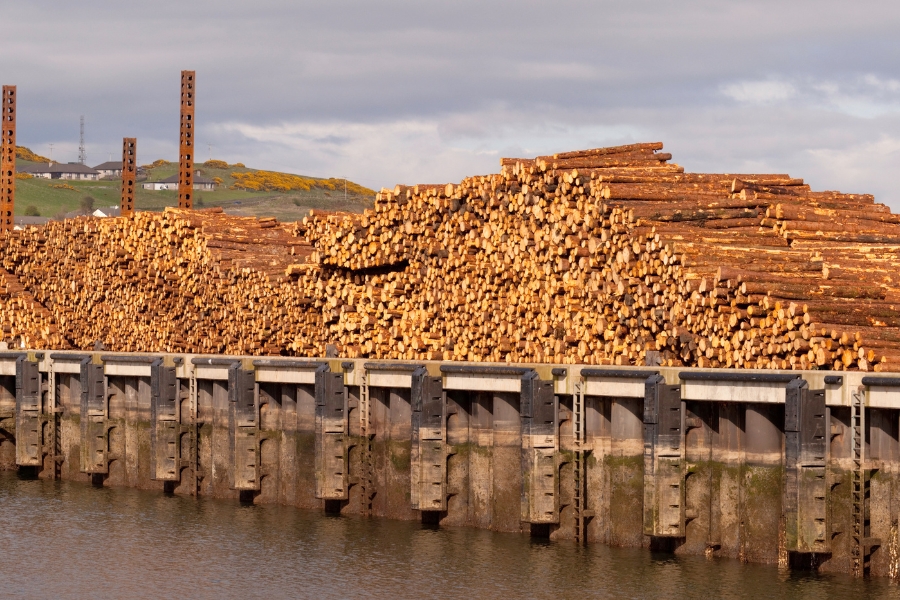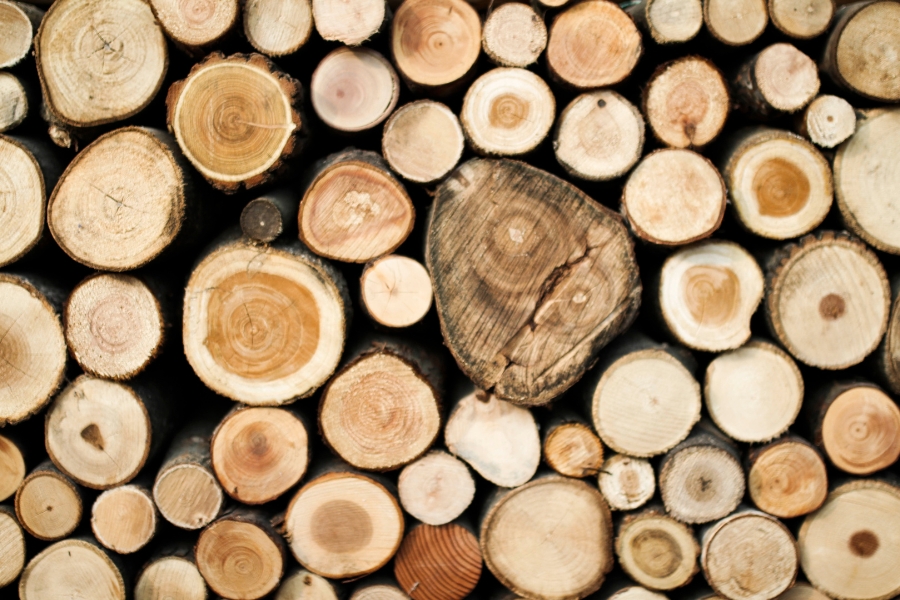Are you confused about whether to use kruing wood or bengkirai wood for your building or furniture project? Don’t worry, you’re not alone! These two types of wood are often the top choices because they both have excellent strength and durability. However, each has its own characteristics and advantages that are important for you to know before making a decision.
But don’t worry if you’re unsure about the differences. We’ll break down the comparison between kruing and bengkirai wood, covering strength, durability, appearance, and price. Let’s take a look before deciding on the best option for your project needs!
Comparison of Kruing vs. Bengkirai Wood
Kruing and bengkirai wood come from the tropical forests of Southeast Asia and are both popular choices for building materials. However, this does not mean that they are identical, as each type has quite different characteristics. Here, we compare kruing vs. bengkirai wood so you can make an informed decision!
1. Durability and Strength
Bengkirai wood is known for being very hard and dense, making it widely used for decking, bridges, and heavy structures. Its resistance to termites and extreme weather makes it a favorite in heavy industry and outdoor construction.
In contrast, kruing has a slightly softer texture and its strength is more suitable for light use such as interiors. Since it tends to absorb more water, kruing wood requires special treatment if it is to be installed in damp areas or areas frequently exposed to water.
2. Color and Grain Appearance
Visually, bengkirai wood tends to have a yellowish-brown color with straight, solid grains, making it ideal for modern minimalist designs. Over time, this color will darken, giving it a warm and elegant appearance.
Meanwhile, kruing wood offers a more exotic appearance with a reddish color and more dynamic grain patterns. This combination is perfect for those seeking a natural and artistic wood tone in interior design.
3. Ease of Processing
In terms of processing, kruing wood is relatively easy to cut and shape as it is not overly hard. This makes it an attractive option for craftsmen and DIY projects that only use simple tools.
On the other hand, bengkirai wood requires special tools and high precision in the cutting and shaping process. Although more challenging at first, the final result of bengkirai processing is very sturdy and durable, making it worth the effort.
4. Price and Availability
Generally, kruing is more affordable than bengkirai. This is due to its faster growth rate and greater availability in the market. As a result, kruing is an ideal choice for those seeking strong wood with a more efficient budget.
On the other hand, bengkirai is priced higher, but this is commensurate with its durability and long lifespan. It is no wonder that bengkirai is often chosen for long-term projects and heavy-duty needs.
5. Reaction to Weather
Bengkirai’s ability to withstand continuous exposure to rain and heat makes it ideal for various outdoor projects such as gardens, pool decks, and fences. Its stability in changing weather conditions provides convenience in long-term maintenance.
On the other hand, kruing requires extra protection as it is more susceptible to deformation due to moisture. Therefore, this wood is safer for use in interior spaces or protected areas.
6. Wood Weight and Density
Bengkirai has a very high density, making it a heavy but extremely sturdy wood that is resistant to cracking and breaking. Its strength ensures stability in large structures requiring maximum durability.
On the other hand, lighter kruing offers ease in transportation and installation, especially for small-scale or decorative projects. The lighter weight can be an added advantage for those prioritizing labor efficiency.
In summary, both kruing and bengkirai wood have their own advantages that can be tailored to project needs. If you are looking for strong, weather-resistant wood suitable for outdoor areas, bengkirai may be the best choice. However, if you need wood with an attractive appearance, easy to work with, and more budget-friendly for interiors, kruing wood is worth considering.
So, there’s no one-size-fits-all solution—it all depends on your needs and budget. Choose the wood that best suits your requirements for the best possible outcome.
Let’s make your choice now to ensure your project runs smoothly and delivers outstanding results! Finally, don’t forget to contact Hojaya for high-quality wood!



